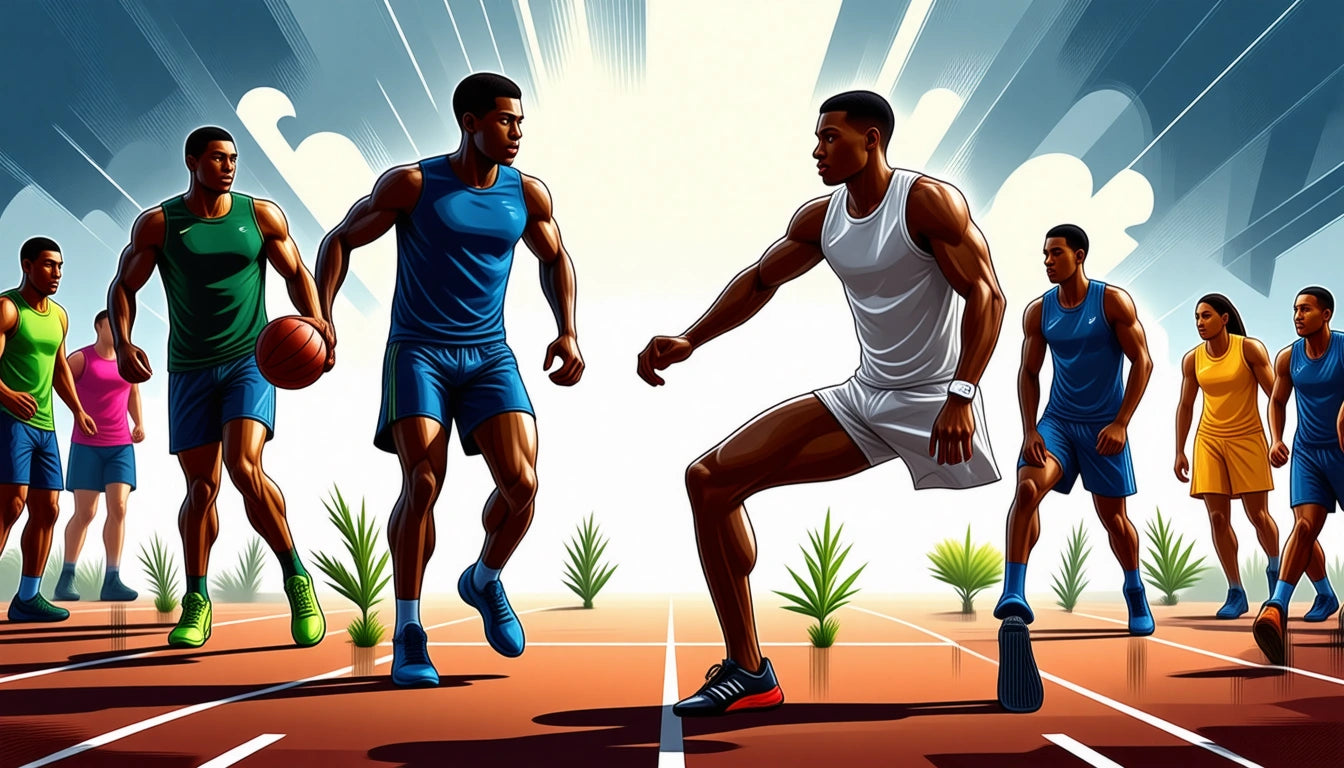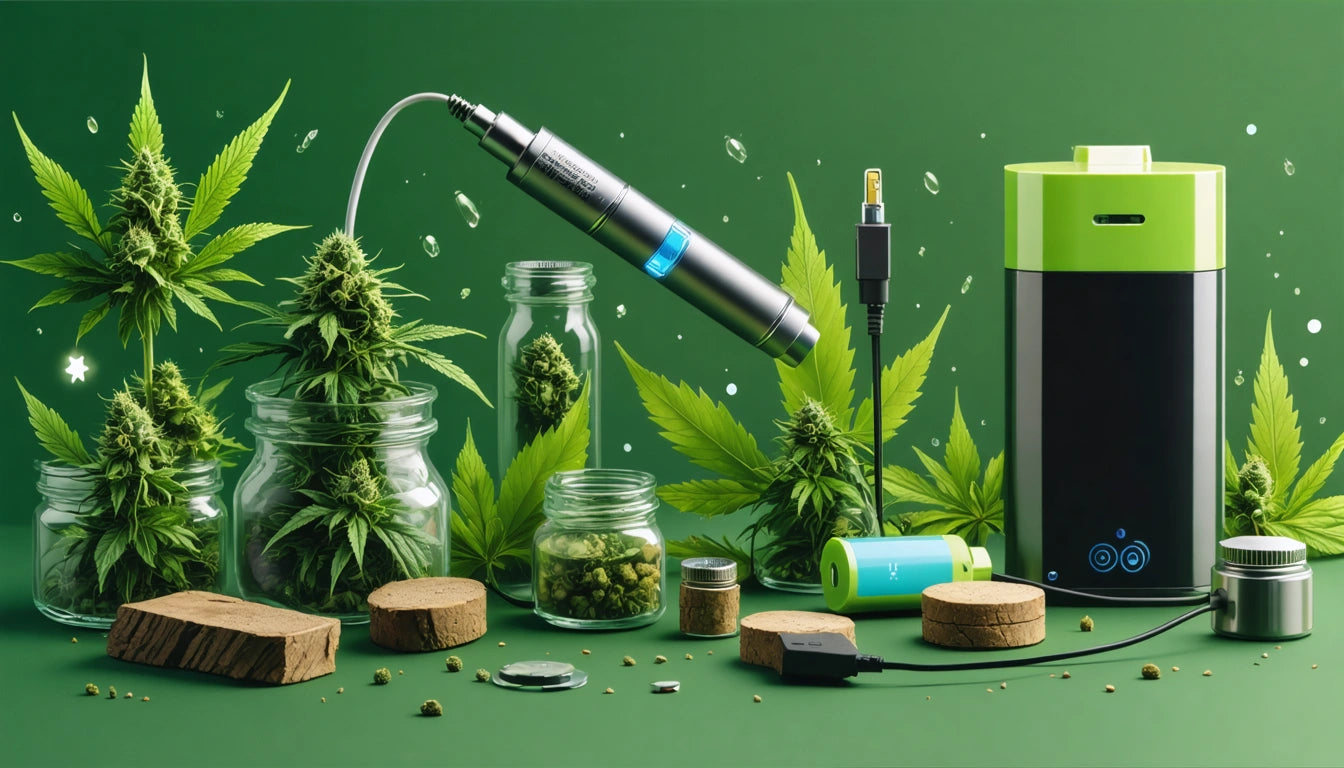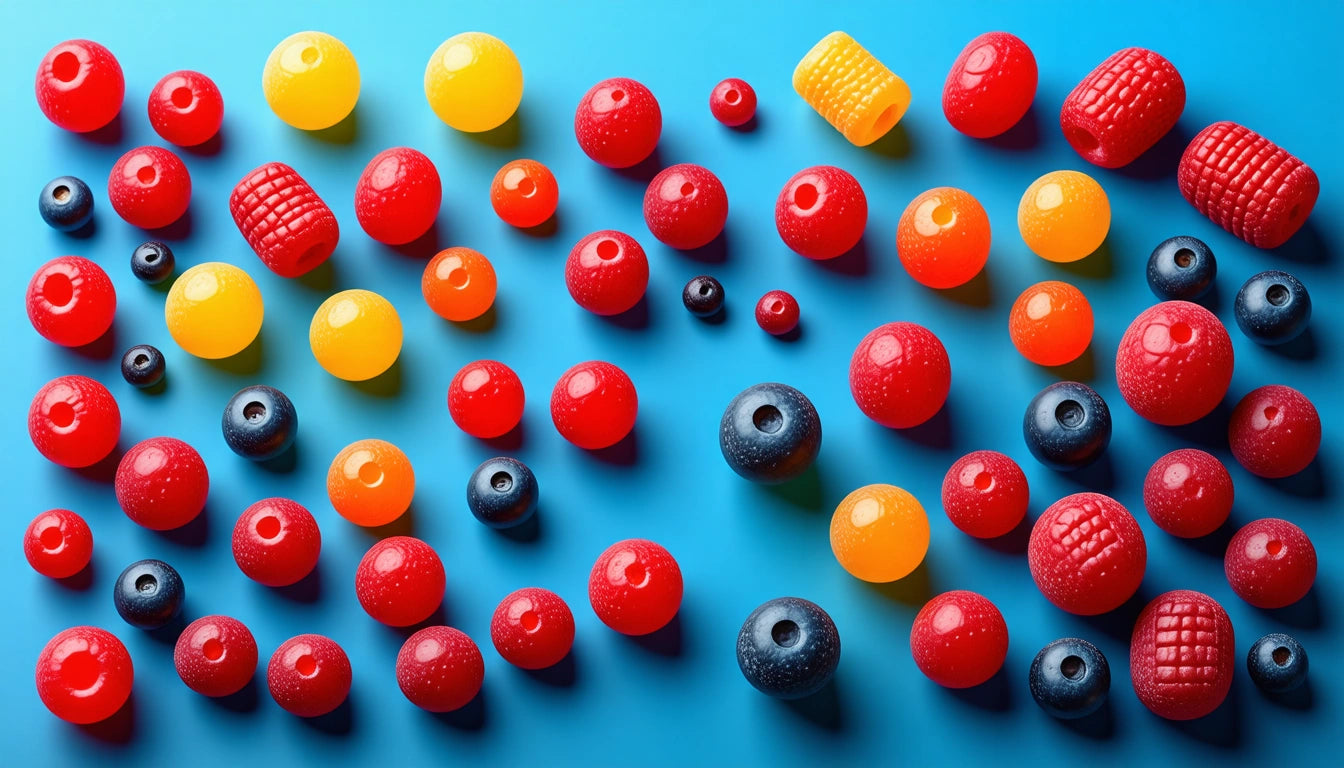Table of Contents
Can Athletes Legally Use Cannabis?
The relationship between athletes and cannabis continues to evolve as societal attitudes and scientific understanding progress. Athletes across various sports have increasingly questioned restrictions on cannabis use, especially as more states and countries legalize it for medical and recreational purposes. Understanding the current landscape of cannabis regulations in sports is crucial for athletes who may consider using it for recovery, pain management, or recreational purposes.
Cannabis Policies in Major Sports Organizations
Sports organizations maintain varying policies regarding cannabis use among athletes. These policies reflect a complex interplay between legal considerations, performance concerns, and evolving scientific understanding of cannabis effects. Major sports leagues test for marijuana at different frequencies and with different thresholds, creating an inconsistent landscape for athletes to navigate.
The World Anti-Doping Agency (WADA) sets the standard for Olympic sports, while professional leagues like the NBA, NFL, MLB, and NHL establish their own policies. College athletes must adhere to NCAA regulations, which may differ significantly from professional standards.
Olympic Cannabis Rules and Recent Changes
The question of whether Olympians can smoke weed gained significant attention following Sha'Carri Richardson's suspension from the 2020 Tokyo Olympics. WADA has maintained cannabis on its prohibited list primarily during in-competition periods, though this stance has evolved over time.
Current Olympic Cannabis Policy
- Cannabis remains prohibited during competition periods
- The THC threshold has been raised from 15 ng/mL to 150 ng/mL
- CBD was removed from the prohibited list in 2018
- Out-of-competition use is generally not tested
These changes reflect a more nuanced approach to cannabis, recognizing that it's not primarily performance-enhancing while still maintaining restrictions during competitions. Athletes must carefully manage timing if they choose to use cannabis products, ensuring proper storage with secure, child-resistant containers and lids to maintain product integrity and comply with both sports and legal regulations.
NCAA Cannabis Testing and Consequences
College athletes face particular scrutiny regarding cannabis use. The question of whether NCAA athletes can smoke weed has a clear answer in policy terms: it remains prohibited. However, testing protocols and consequences have evolved.
NCAA Cannabis Testing Framework
- Cannabis is banned as a "substance of abuse"
- Year-round testing can occur, though focus is on championship testing
- First positive test typically results in a loss of eligibility for 50% of the competitive season
- Subsequent violations increase penalties significantly
College athletes must weigh these potential consequences against any perceived benefits of cannabis use. Many choose to abstain entirely during their collegiate careers to avoid risking scholarships and eligibility.
How Professional Leagues Approach Cannabis
Professional sports leagues have increasingly liberalized their approach to cannabis, though policies vary significantly. The question of whether professional athletes can legally use cannabis depends largely on their specific league.
League-Specific Cannabis Policies
- NBA/WNBA: No longer randomly testing for cannabis, focusing instead on "drugs of abuse"
- NFL: Raised THC threshold and reduced testing window to two weeks in training camp
- MLB: Removed cannabis from its list of banned substances in 2019
- NHL: Tests for cannabis but does not discipline for positive results
These changes reflect growing recognition that NBA and WNBA players' use of marijuana and cannabis use by other professional athletes may not impact performance negatively and may offer legitimate wellness benefits.
Athlete Advocacy and Changing Perspectives
Many high-profile athletes have become advocates for cannabis use in sports, contributing to changing policies. Athletes who smoke weed have increasingly spoken publicly about their use, challenging stigmas and promoting reform.
Notable advocates include:
- Former NBA player Al Harrington, who founded a cannabis company
- NFL players like Eugene Monroe and Ricky Williams
- Olympic athletes like Michael Phelps and Ross Rebagliati
These athletes highlight cannabis benefits for pain management, anxiety reduction, and sleep improvement. Their advocacy has helped shift the conversation from punishment to understanding potential therapeutic applications.
Navigating Cannabis Use in an Athletic Career
For athletes considering cannabis use, several practical considerations should guide their decisions. Understanding both the regulatory landscape and the potential impacts on performance and health is essential.
Athletes should:
- Know their specific organization's testing protocols and thresholds
- Consider timing of use relative to competition periods
- Distinguish between CBD and THC products and their different regulatory status
- Consult with medical professionals about potential benefits and risks
- Stay informed about changing regulations and policies
As research continues and more public figures acknowledge cannabis use, the stigma surrounding athletes using cannabis continues to diminish. The trend points toward greater acceptance and more nuanced policies that distinguish between recreational use, medical applications, and performance enhancement.
While complete normalization hasn't arrived, the trajectory suggests that athletes may soon face fewer restrictions on cannabis use, particularly outside of competition periods. This evolution represents a significant shift in how sports organizations view substances once universally prohibited without consideration of context or purpose.











Leave a comment
All comments are moderated before being published.
This site is protected by hCaptcha and the hCaptcha Privacy Policy and Terms of Service apply.